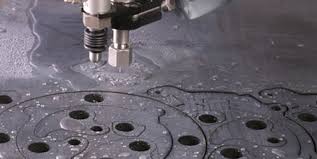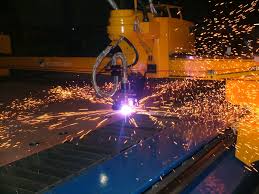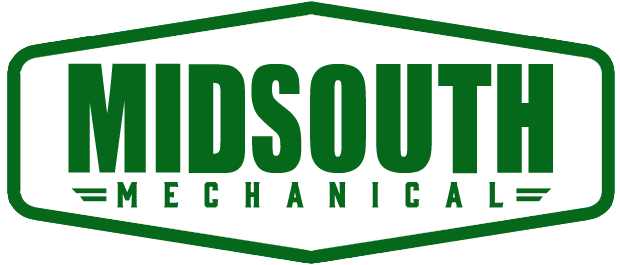Metal fabricators are swimming in data these days. The trick is collecting the right data and focusing on what matters: global objectives (shortened total manufacturing time) instead of local efficiency (inches per minute at a specific machine).

These days, data is king. We’re told that the better you gather, scrutinize, and analyze it, the more successful you can be. It’s a central idea behind the Internet of Things and Industry 4.0. If you track machine up-time and overall equipment effectiveness (OEE), you know when machines aren’t producing, so you start to ask questions.

Why wasn’t the machine running? The material wasn’t’ available. Why wasn’t it available? The special material wasn’t in stock, and purchasing didn’t order it in time? Why didn’t they order it in time? The work order wasn’t submitted properly. Why wasn’t it submitted properly? And does this product really need this special material? Have we ever talked with the customer about alternatives?
Such questioning ultimately (if people with authority buy in to change) lead to better processes in the front office and smoother production on the floor.
All the same, analyzing data in certain ways can cause frustrations too. This week, we had some visitors in our shop and one of our fabricators was cutting very thick material with a Waterjet. They had optimized the machine so it could cut a clean edge, but if anyone were analyzing the machine’s efficiency, that person would have turned off the operation after the nest was complete and transferred the plate to the Plasma Cutter. Cutting such thick plate, the Water Jet was running so slowly; why utilize such an expensive resource so poorly?
It was plain to see the reasoning; the Water Jet helped increase overall throughput. The shop could cut more material (this was extremely thick plate for Water Jet cutting) in less time (overall time is reduced due to the precision of the waterjet) and ship the plate to the customer faster.
Everyone at the shop seemed to think of the big picture: how long it took for a product to ship out the door. In technical terms, they thought about global objectives, not local efficiency.
Midsouth Mechanical fabrication shop is not a large operation, so thinking about the big picture isn’t too arduous. Just by turning your head, you can see how products flow from the cutters to the brake to packaging and out the door.

The real challenge, both logistically and (especially) culturally, lies with scaling up this thinking. If you have a department head, that person thinks about the efficiency of his department. He or she may be encouraged and even incentivized to think that way.
Say a shop buys a new automated bending center. The owners tell the department head to throw any and all parts at that machine, to make sure it’s fully utilized. That’s fine, but now there’s a bottleneck at the new machine, and it’s actually taking longer for parts to flow through forming, and products are late. The new machine has great utilization and efficiency numbers, but the global objective is suffering.
Having more data can be powerful, but it probably doesn’t guarantee success, especially if people focus on local efficiency to the detriment of global objectives.
Content credit to Tim Henson
